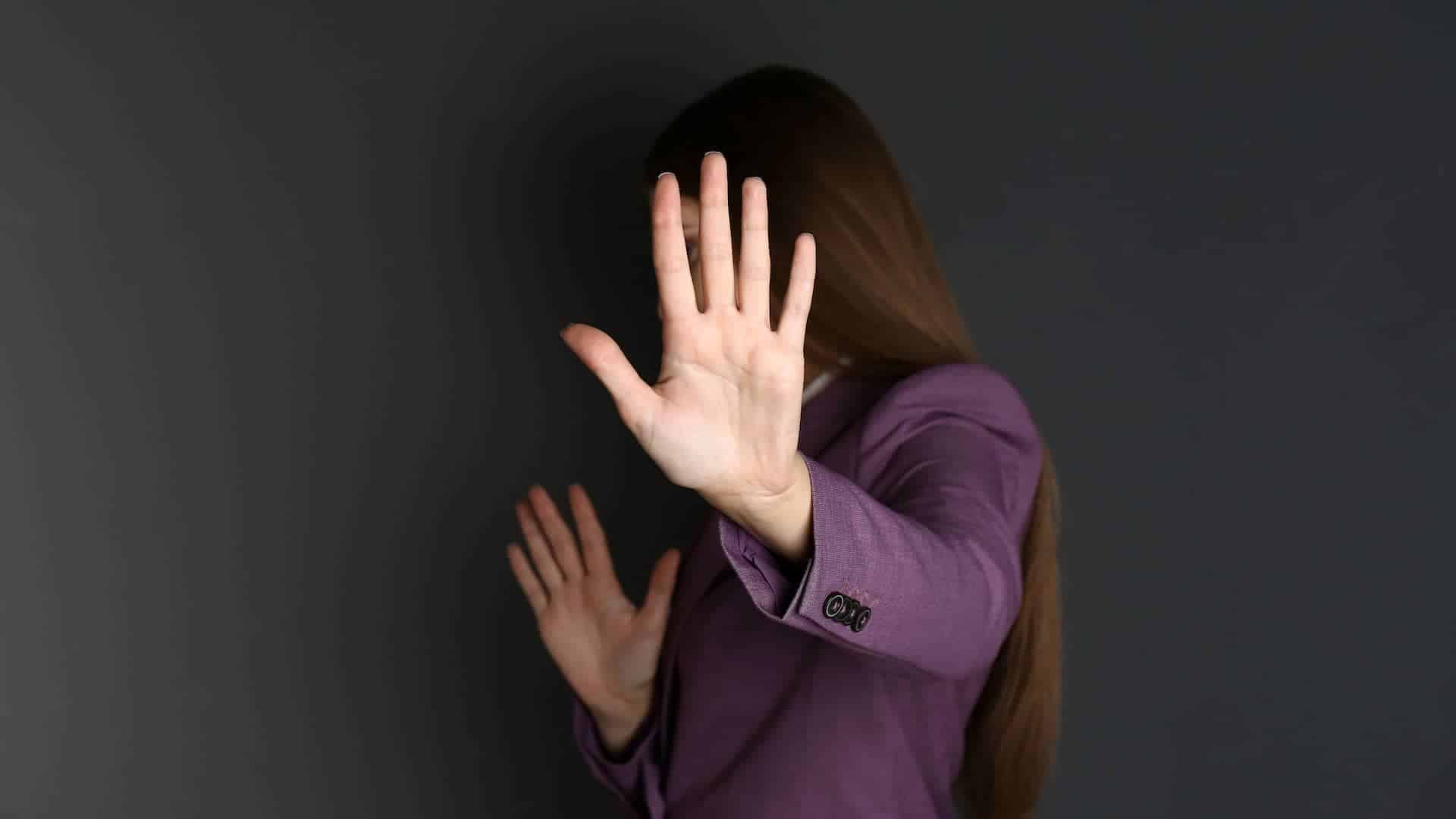Cases of harassment involve kicking, shoving, striking, or making some other physical contact with another person or engaging in an act that would be seen as stalking, sexual assault, or abuse. It also includes threatening or attempting to do any of these things. Additionally, harassment is if you continually commit acts to intimidate or harass another person with no legitimate purpose to do so.
You must consider a few questions to determine if you have a case to file for a harassment injunction. These include:
- Is the person contacting you for no legitimate reason or threatening to cause harm to you repeatedly?
- Does the person continue to contact you even when you don’t respond?
- Have you told the person to stop contacting you?
If you answered “yes” to one or several of these questions, you might have a case to file for a restraining or harassment restraining order. If you answered “no,” to one or more of these questions, getting a restraining order might still be possible; however, it’s a good idea to talk to a criminal lawyer who has experience with restraining orders in South Dakota.
“Is the person contacting you for no legitimate reason or threatening to cause harm to you repeatedly?”
Harassment restraining orders can be filed by someone who is continuously contacted, intimidated, threatened, or all three. If you answer “no,” to the question, “Is the harasser threatening to cause you some type of physical harm,” it won’t make or break the case or your ability to acquire a harassment restraining order.
The question is used to determine the length of the injunction and ensure reasonable expectations are set regarding how long it lasts. It is necessary to show that the harasser is contacting you repeatedly for no legitimate reason.
“Does the person continue to contact you even when you don’t respond?”
The second question is also important. It will help determine if the alleged harasser has engaged in conduct or if they keep committing acts of harassment. A crucial factor is if the contact is for a legitimate reason.
An example is if the “harasser” contacts you about picking up their shoes and contact you several days in a row because you have never responded. This is legitimate contact since the person is trying to get something they own returned to them. In this situation, it is not considered harassment.
On the other hand, if the person is contacting you about going out with them on a date and you don’t respond repeatedly or if they contact you again and call you names or talk about something that isn’t relevant to the conversation, then these are not legitimate purposes in the eyes of the court. In this situation, it may be considered harassment.
“Have you told the person to stop contacting you?”
You must ensure that you have told the harasser to stop contacting you. If you have not, it will result in the restraining order being denied. If the person harassing you continues to contact you or intimidate you after you have told them to stop, this will prove your need for the order.
If the person harassing you has access to firearms, and you believe there is a true threat to your overall safety, you should contact an attorney for assistance immediately. In situations where the harasser has firearms or other weapons in their possession, the court can order to have these taken away from them.
FAQs: Filing for a Protection Order
If you are considering filing for a protection order, you may have questions. Some of the most common questions asked are answered here.
What does the protection order do?
With a protection order in place, it means the harasser cannot continue to contact or intimidate you. It may also say that the person is not allowed to contact you in any way.
Who is eligible to get a protection order?
If you have been continually harassed, intimidated, or threatened by someone, you may be able to get a protection order. The orders can also be issued for stalkers or someone who threatens sexual assault.
What is the first step to getting a protection order?
A good first step is to speak to an attorney to find out if a protection order is the right course of action for your situation. The attorney can tell you if your petition for this order will likely be approved.
Where do you file for a protection order?
You must file for a protection order with the Clerk of Courts in the county where you live. The clerk will set the court dates for your case and give you all the required documents.
Do you have to hire a lawyer?
There’s no legal requirement for you to hire an attorney to apply for a protection order. While this is true, you can speak to one and have one with you if you need assistance with your case. Also, having an attorney takes some of the stress of producing the required evidence for your situation and securing the protection order.
Hire an Attorney for Help Acquiring a Harassment Restraining Order in South Dakota
If you are being harassed and want a restraining order, you must consider a few things. First, you need to ensure the person’s actions are considered harassment. It’s also necessary that you tell them to stop contacting you. If you have done this and the harassment continues, you may have grounds to receive a protection order.
If you believe you are in a position to get this protection order, get in touch with our legal team today. We can review your situation and help you get the order granted.

